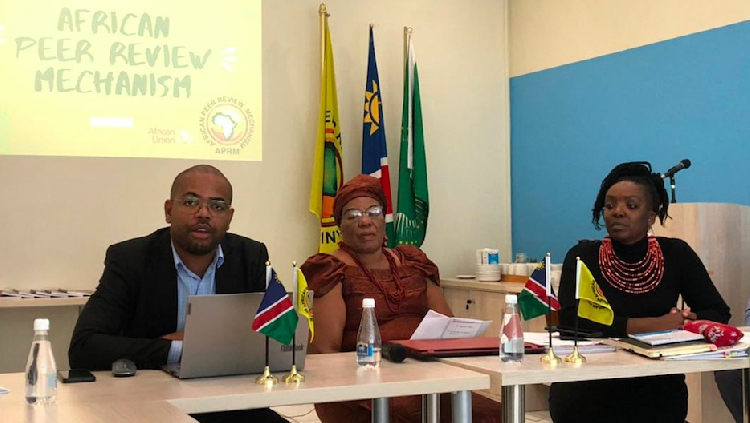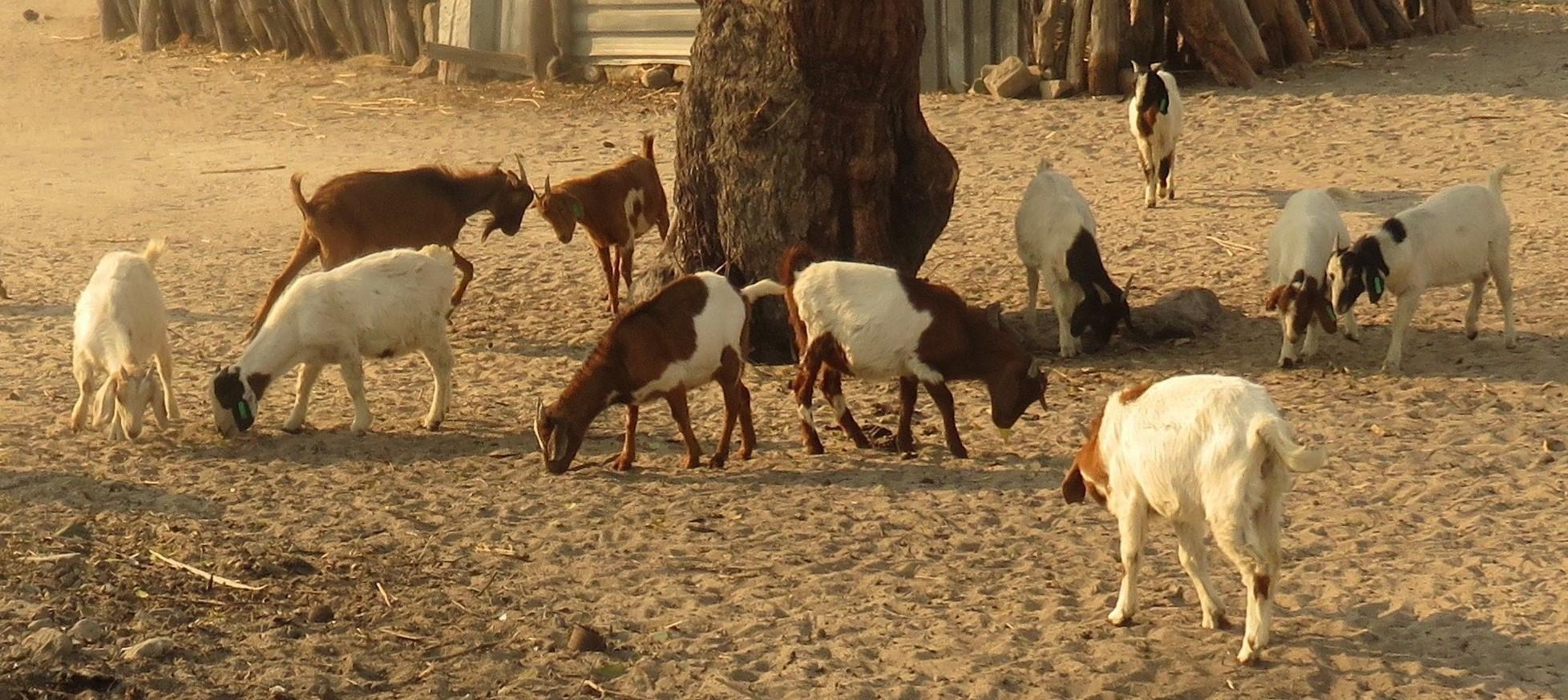THE Stampriet Aquifer Uranium Mining Committee has hit out at the president of Uranium One, Andrey Shutov, over an article in which he advocated in-situ leach mining of uranium in Namibia.
In an article published in on 13 December last year, Shutov highlighted the benefits of uranium mining in Namibia.
Uranium One is a Russian state-owned uranium exploration, mining and processing agency, the committee says.
“…the development of new deposits will make a significant contribution to ensuring the economic security of Namibia, and will contribute to the further sustainable development of the nation,” Shutov argued in the article.
He said Russian geologists had identified promising uranium deposits of the Kazakh type in the Stampriet basin.
“The deposits could be developed via the most advanced environmentally viable in-situ leaching (ISL) method.
“The International Atomic Energy Agency (IAEA) has recognised this technology as the most environmentally friendly … there are significant advantages,” said Shutov.
The Stampriet committee are accusing Shutov of withholding vital information on the dangers of the ISL method.
“The information he provides is woefully incomplete and . . . totally misleading,” the committee said in a statement dated 24 January 2022.
They said uranium prospecting in the area could have disastrous consequences, because in-situ leaching could contaminate the huge Stampriet artesian basin aquifer on which the arid south-eastern Kalahari Desert of Namibia and the neighbouring countries of Botswana and South Africa depend.
After conducting a site visit on 15 October, the ministry of agriculture last year cancelled two prospecting permits issued to Headspring Investments for prospecting for uranium in the Stampriet basin because they had allegedly drilled boreholes in a pattern mimicking that of the in-situ leaching technique.
The ministry’s spokesperson, Jona Musheko, yesterday said the ministry had set conditions for the company to follow and advised them to approach the ministry if they were not happy with the cancellation of their licences.
He could, however, not confirm or deny whether the company had approached the ministry.
The company intended to drill 37 boreholes, and the committee welcomed the cancellation of the two licences.
No comment could be obtained from Headspring Investment yesterday, however, in an article by the Economist on 22 November last year, Shutov said all work at the Headspring site had been carried out in strict compliance with Namibian law
The committee argued that ISL mining may severely contaminate Namibia’s most valuable aquifer, endangering the whole community that farms in the arid Kalahari of south-eastern Namibia and relies on it for its livelihood and economy.
“The uranium deposits that Headspring Investments (Pty) Ltd is interested in occur in underground sandstone layers containing high-quality drinking water in a transboundary aquifer that covers 87 000 square km and extends into Botswana and South Africa.”
Explaining the mining process, the committee said: “ISL involves drilling thousands of boreholes into the uranium orebody.
“Sulphuric acid is pumped into the ore via the injection boreholes. The acid dissolves the radioactive uranium and many toxic heavy metals associated with the uranium …
“Because the same solution is recycled again and again, the concentration of the toxic heavy metals and the radionuclides builds up continuously.
“The concentration of the dissolved uranium in the acid solution underground can be as high as 600 grammes per tonne of the solution. This is more than 20 000 times higher than the 0,03 grammes safe limit of uranium in drinking water determined by the World Health Organisation.”
The committee says groundwater in the aquifer flows naturally a few metres per year in a southerly direction. This rate of flow is, however, greatly enhanced in coarse-grained sandstones and by hard pumping at the large number of irrigation projects downstream of the mineralised area.
These projects account for about 90% of the total water usage in the basin. The water in sandstones mined by this method in many other parts of the world is so saline that it even is unsuitable for livestock.
“But the water in the Stampriet basin is top-quality drinking water,” the committee said.
Email: matthew@nambian.com.na
Stay informed with The Namibian – your source for credible journalism. Get in-depth reporting and opinions for
only N$85 a month. Invest in journalism, invest in democracy –
Subscribe Now!










